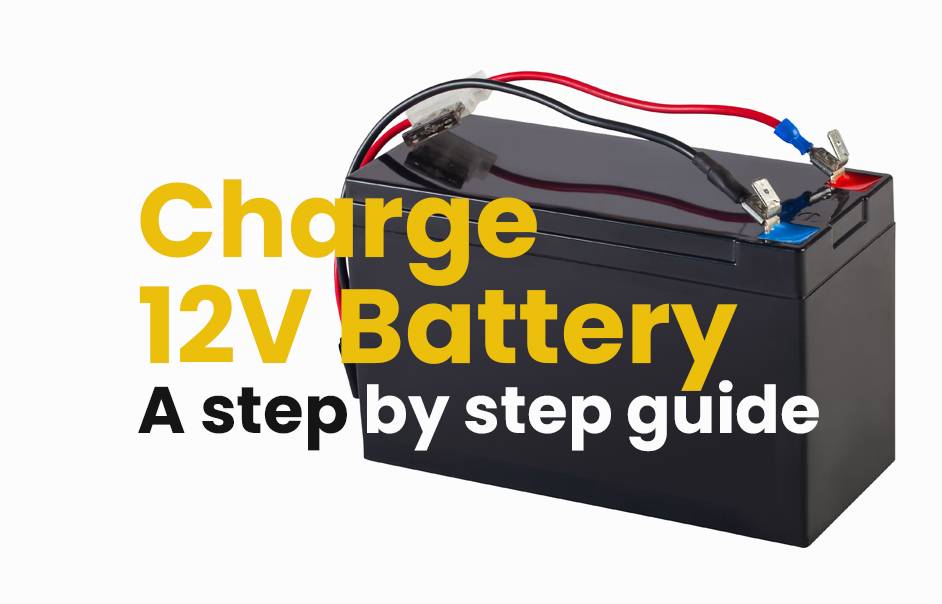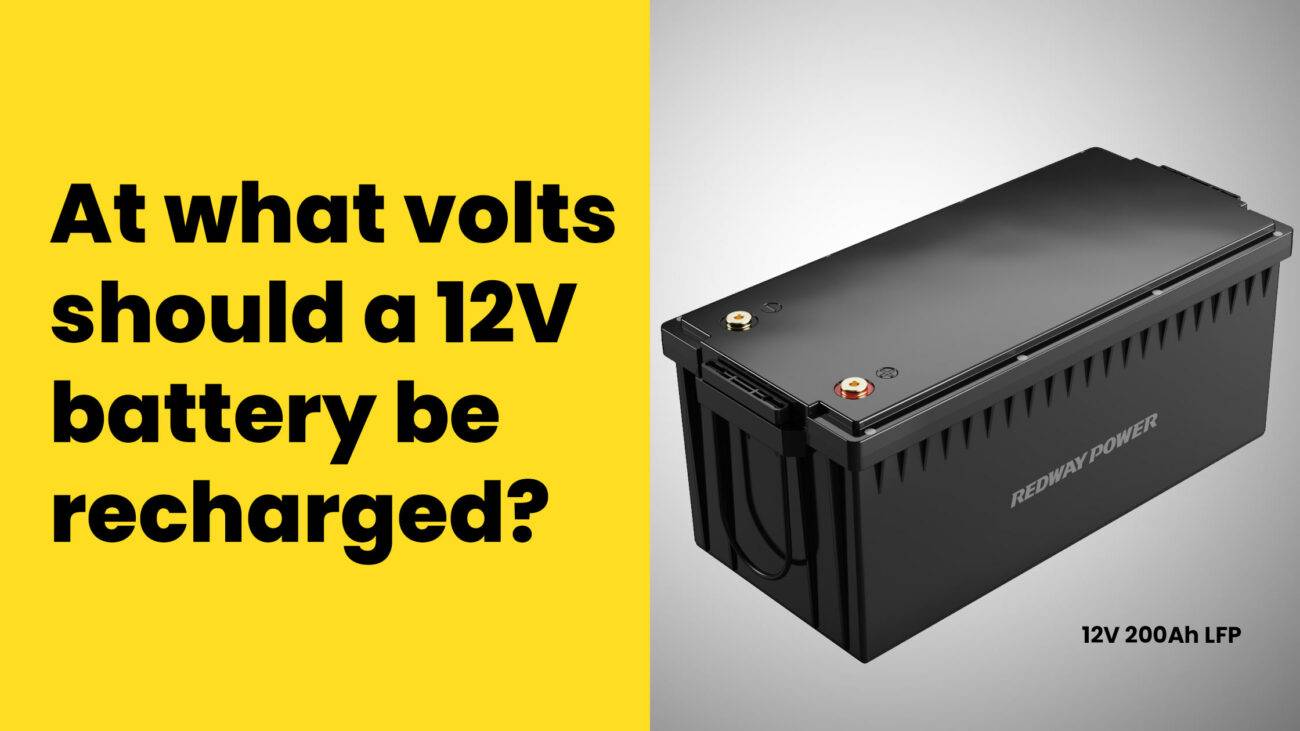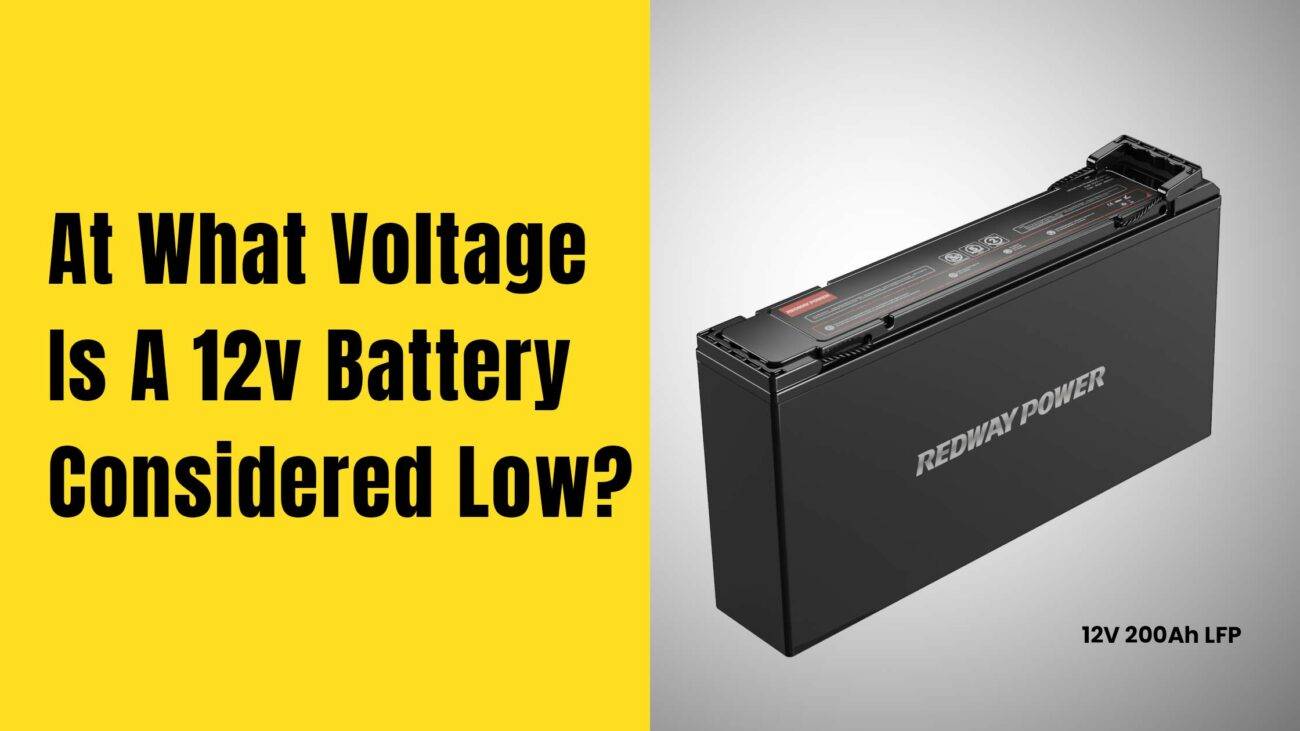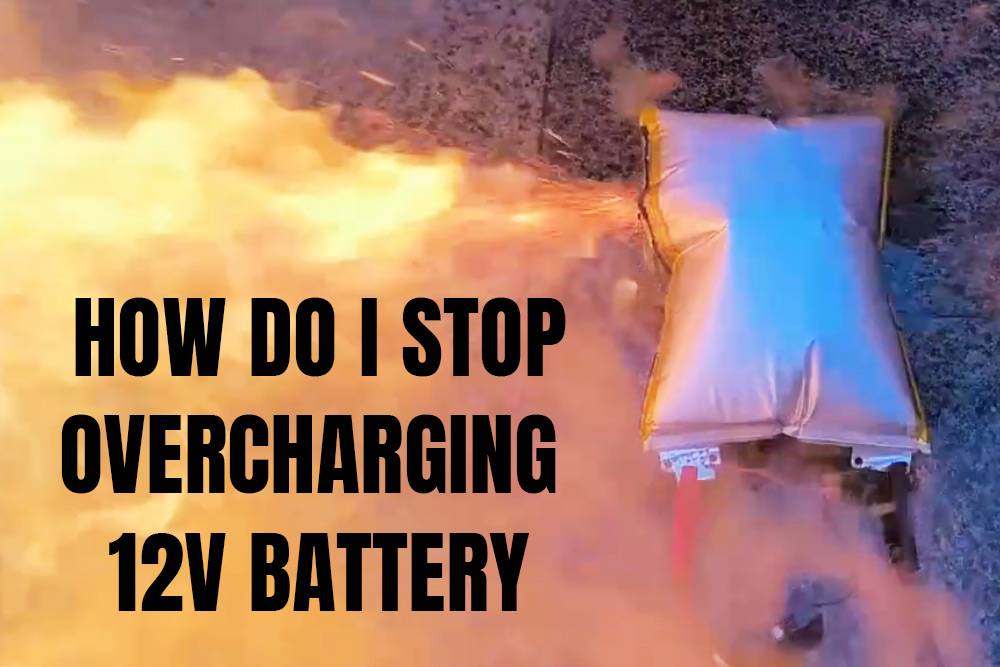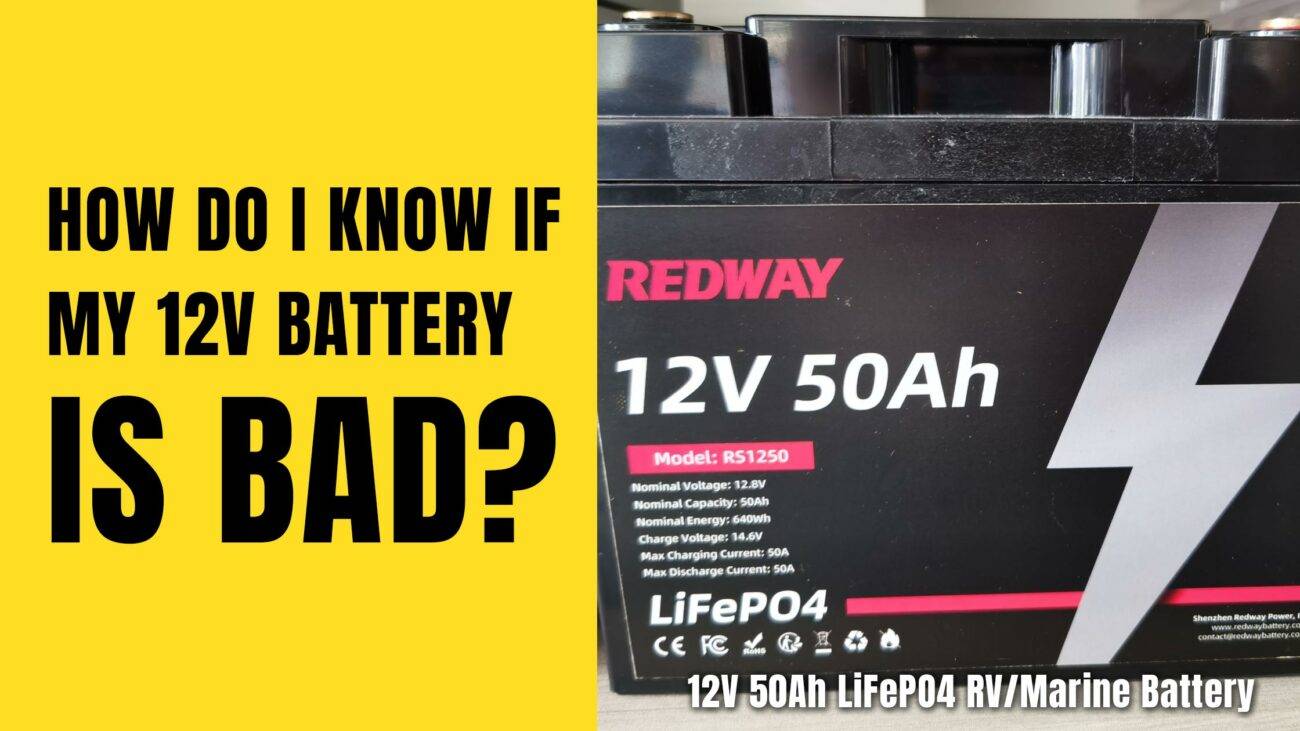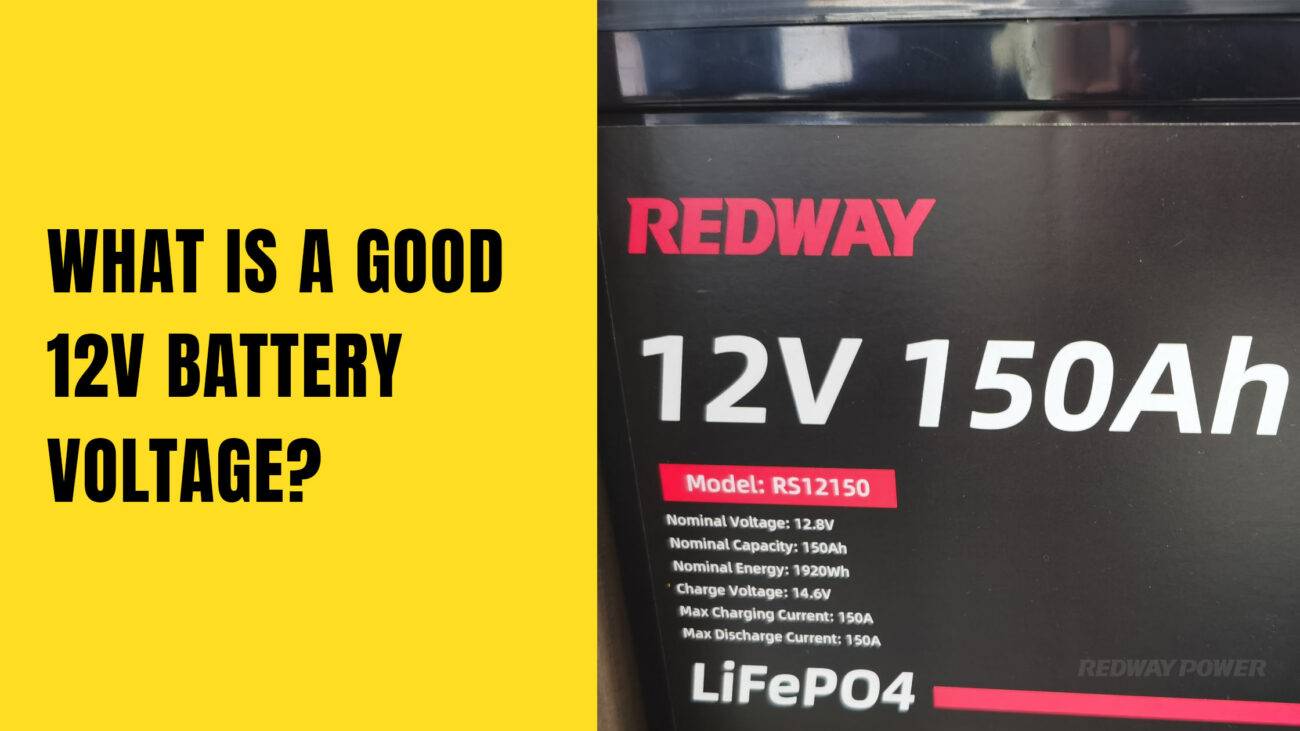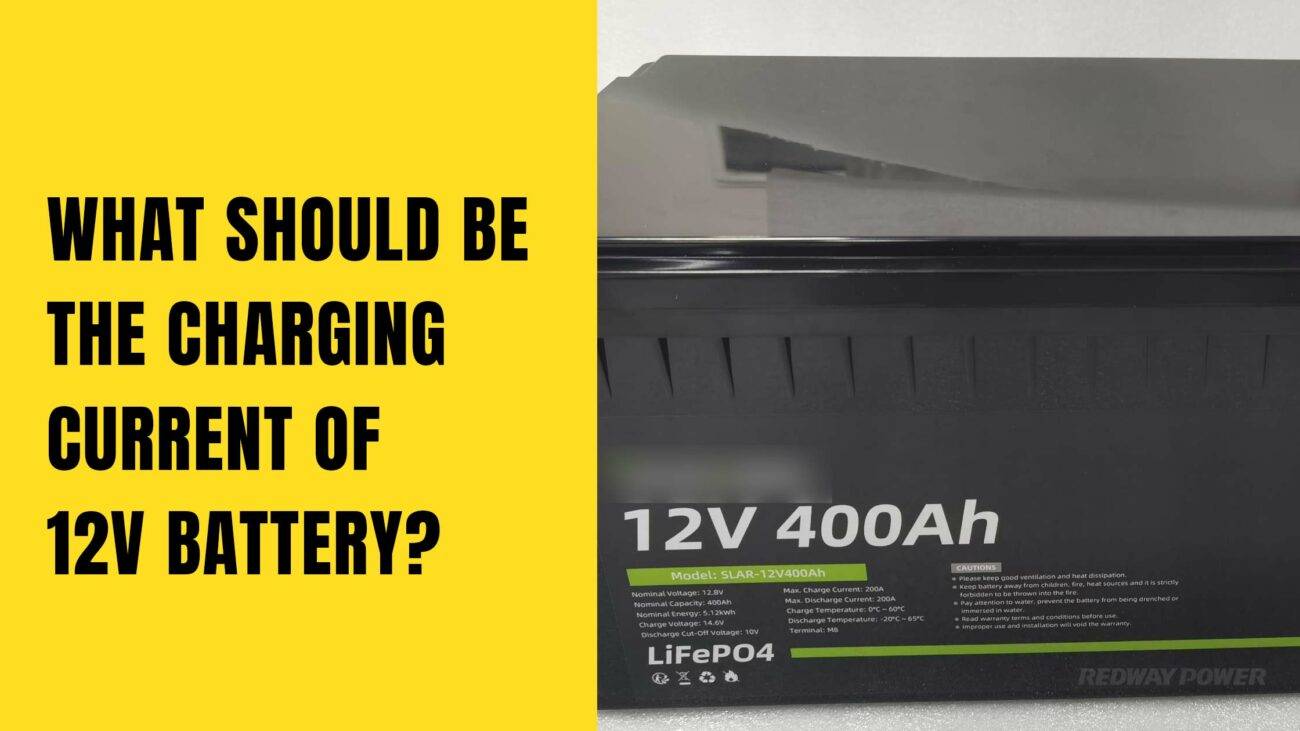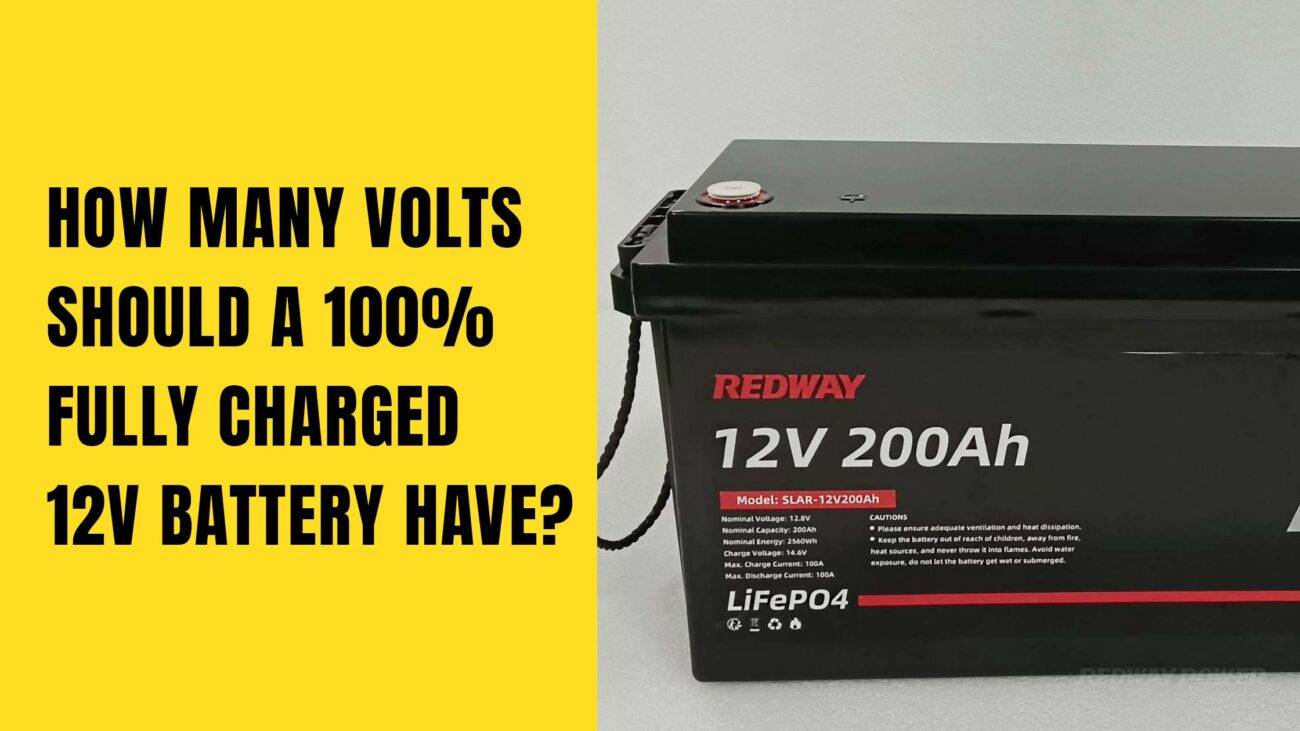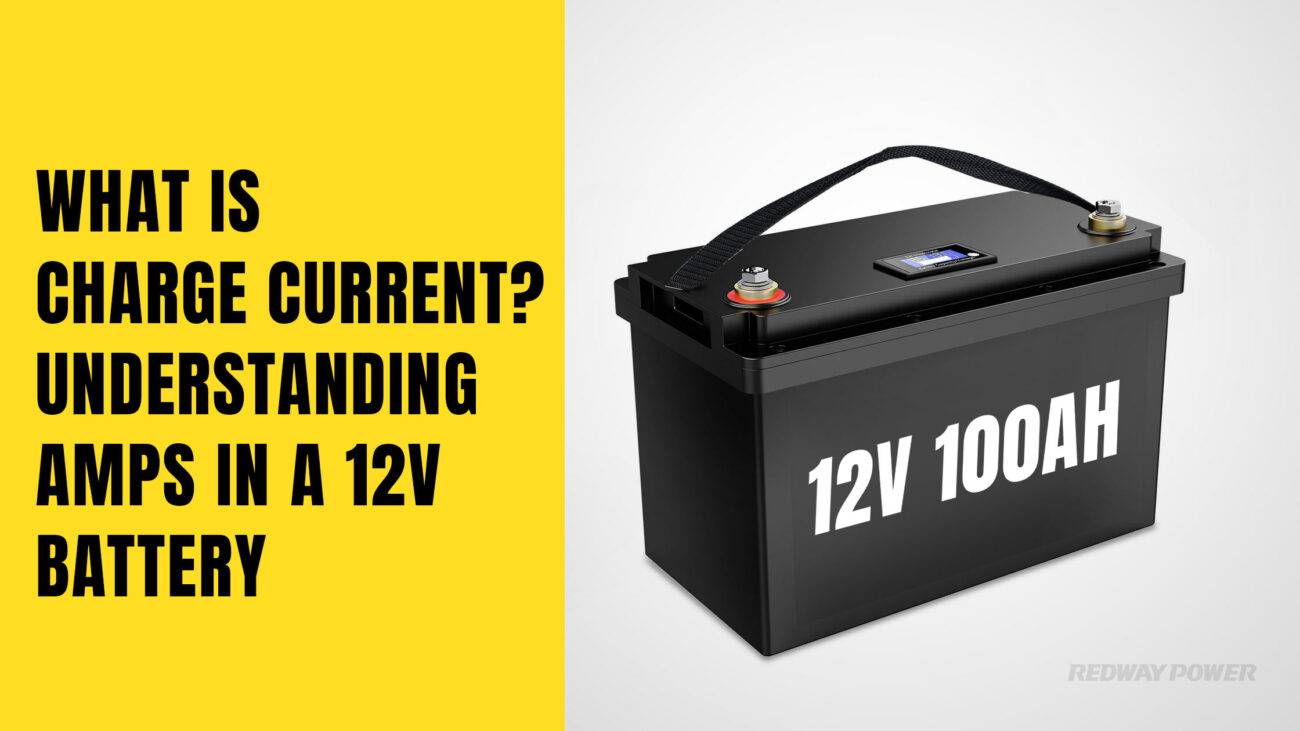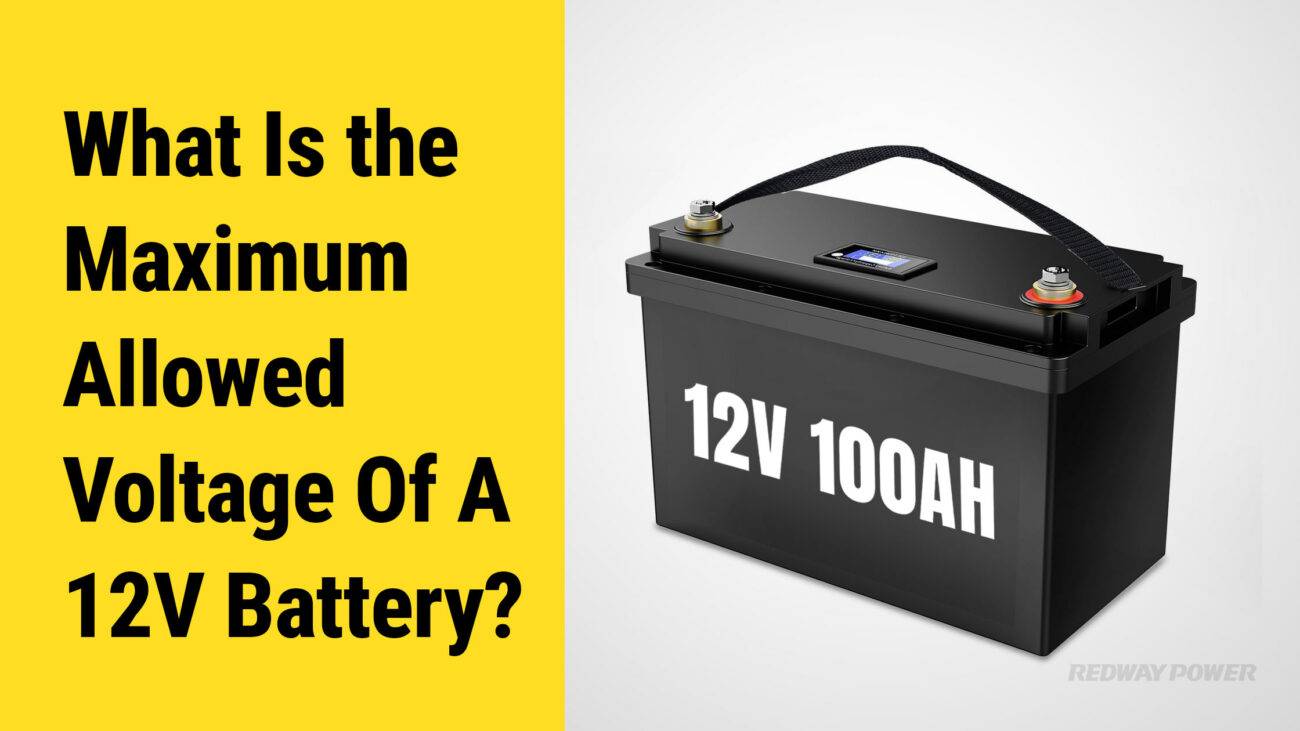
Blog
How High is Too High for a 12V Battery?
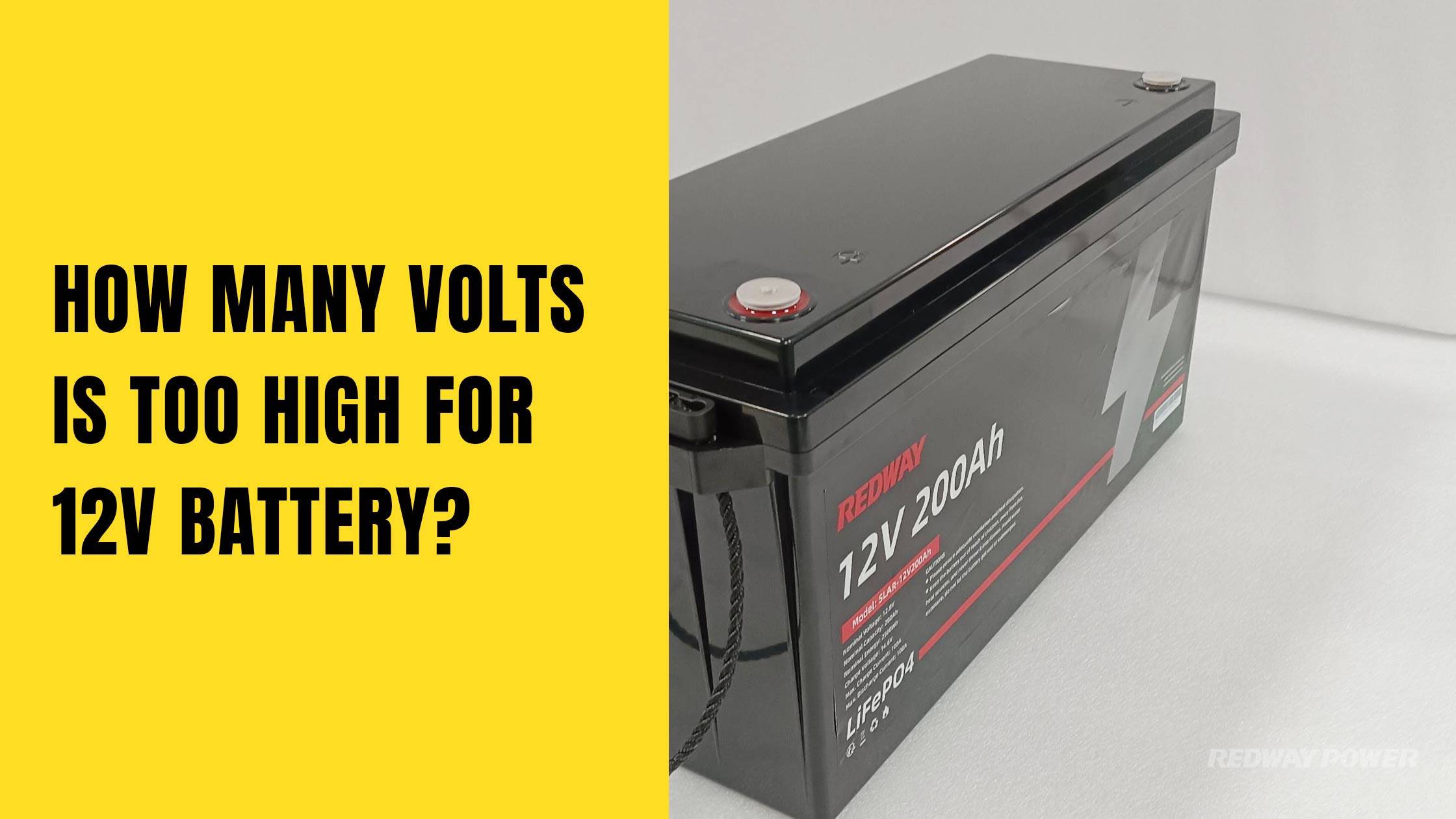
A 12V battery is typically considered fully charged at a resting voltage of around 12.6 to 12.8 volts. Charging voltages should ideally stay below 14.8 volts for lead-acid batteries and lithium iron phosphate (LiFePO4) batteries, like those from Redway Power, to avoid overcharging. Voltages above these limits risk damaging the battery, shortening lifespan, and causing safety issues.
What is the normal voltage range of a fully charged 12V battery?
A healthy lead-acid 12V battery rests between 12.6 and 12.8 volts when fully charged. Lithium iron phosphate batteries typically show slightly higher resting voltages, from about 13.4 to 13.6 volts.
How high can charging voltage go without damaging a 12V battery?
Lead-acid batteries can safely be charged up to around 14.4 to 14.8 volts during bulk or absorption charging. Going beyond this range can cause overheating, electrolyte loss, and permanent battery damage. For LiFePO4 batteries like those from Redway Power, the upper limit is also around 14.8 volts.
What happens if voltage rises too high on a 12V battery?
Excess voltage leads to overheating, electrolyte evaporation, and accelerated degradation. In lithium batteries, it can trigger thermal runaway, potentially causing fires or irreparable damage.
How can you monitor and prevent overvoltage in a 12V battery system?
Using quality battery management systems (BMS), smart chargers, and regular voltage checks with multimeters helps maintain voltage within safe limits. Redway Power integrates advanced BMS to regulate charging precisely and protect batteries.
What voltage levels indicate undercharging or overcharging in 12V batteries?
Voltages below 12.4V upon rest suggest the battery is undercharged or discharged. Voltage between 12.6-12.8V shows proper full charge for lead-acid. Voltages above 14.8V during charging imply potential overvoltage risk.
How do temperature and environment influence voltage thresholds?
High temperatures increase battery voltage readings and overvoltage risks, while cold temperatures depress chemical reactions and voltage. Temperature-compensated charging, a feature in Redway Power batteries, adapts voltage accordingly.
What advantages do Redway Power batteries provide in voltage management?
Redway Power’s lithium iron phosphate batteries are equipped with sophisticated BMS that constantly monitor voltage and temperature, optimizing charge cycles and preventing overvoltage to extend battery life.
How does too high voltage impact battery lifespan and performance?
Even minor overvoltage accelerates sulfation in lead-acid batteries and cell damage in lithium batteries, reducing capacity and usable cycles. Effective voltage control is critical for maximizing lifespan.
When and how should battery voltage be tested for accuracy?
Voltage testing should be conducted with a multimeter after the battery rests for 30 minutes or longer to avoid load distortions, providing a true health snapshot.
Redway Power Expert Views
“Maintaining optimum voltage levels is pivotal for battery durability and safety. Our lithium battery packs, molded by advanced BMS technology, tightly regulate voltage, preventing overcharge scenarios and ensuring consistent, long-lasting performance.” — Redway Power Battery Engineer
Conclusion
Charging voltages above approximately 14.8 volts are too high for 12V batteries, risking irreversible damage and hazards. With proper monitoring and advanced battery management like that of Redway Power, maintaining safe voltages ensures longevity and efficient operation.
FAQs
Q: What voltage is considered safe maximum charging for a 12V lead-acid battery?
A: Between 14.4 to 14.8 volts.
Q: Can lithium batteries handle higher voltages safely?
A: Lithium iron phosphate batteries like Redway Power’s handle up to 14.8 volts safely but can suffer harm if exceeded.
Q: What voltage indicates a fully charged 12V battery at rest?
A: Around 12.6 to 12.8 volts for lead-acid; slightly higher for lithium iron phosphate.
Q: How do I avoid overvoltage damage?
A: Use intelligent chargers and battery management systems to control charging voltage.
Q: Why choose Redway Power lithium batteries?
A: For precise voltage control, thermal management, and enhanced safety and lifespan.




